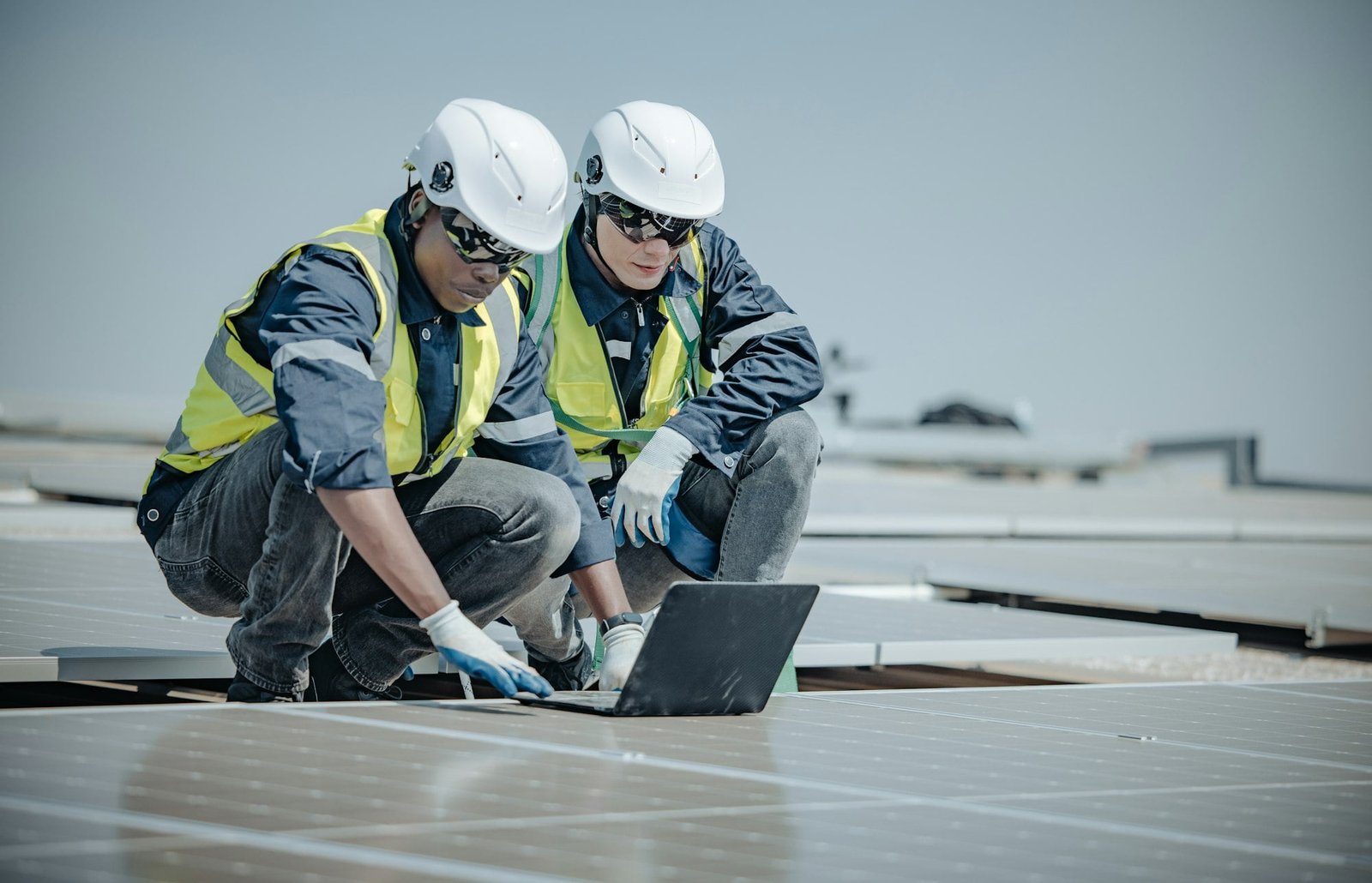Enhancing Efficiency and Sustainability: The Role of AI in Vehicle Aerodynamics
Future AI AutomotiveTable of Contents
In the pursuit of greener and more efficient transportation, the automotive industry is increasingly turning to artificial intelligence (AI) to optimize vehicle aerodynamics. This article explores how AI is revolutionizing the design process, enhancing aerodynamic performance, and contributing to the development of more sustainable vehicles.
The Importance of Vehicle Aerodynamics
Vehicle aerodynamics plays a crucial role in determining fuel efficiency, performance, and environmental impact. By reducing drag and optimizing airflow around the vehicle, manufacturers can improve fuel economy, reduce emissions, and enhance overall performance. AI offers new opportunities to explore complex aerodynamic solutions that were previously impractical or too time-consuming to pursue.
Optimizing Design with AI-Powered Simulations
AI-powered simulations are transforming the vehicle design process by enabling engineers to explore a vast range of aerodynamic configurations quickly and efficiently. By leveraging machine learning algorithms, these simulations can predict airflow patterns, identify areas of high drag, and suggest design optimizations. This iterative approach allows designers to refine vehicle shapes to minimize aerodynamic resistance while maintaining structural integrity and aesthetic appeal.
Improving Fuel Efficiency and Performance
The use of AI in crafting more efficient vehicle aerodynamics has significant implications for fuel efficiency and performance. By reducing aerodynamic drag, AI-optimized vehicles require less energy to maintain speed, resulting in improved fuel economy and reduced emissions. Additionally, enhanced aerodynamics can improve handling and stability, contributing to a safer and more enjoyable driving experience.
Enhancing Sustainability Through Aerodynamics
Efficient vehicle aerodynamics are essential for reducing the environmental impact of transportation. By improving fuel efficiency and reducing emissions, AI-optimized aerodynamics contribute to the development of more sustainable vehicles. As the automotive industry transitions towards electrification and renewable energy sources, aerodynamic improvements play a crucial role in maximizing the range and efficiency of electric and hybrid vehicles.
Integrating AI into Production Processes
AI is not only revolutionizing vehicle design but also transforming manufacturing processes to incorporate aerodynamic improvements. Machine learning algorithms can analyze production data to identify opportunities for optimizing manufacturing techniques and materials to enhance aerodynamic performance. By integrating AI into production processes, manufacturers can streamline production, reduce costs, and deliver more aerodynamically efficient vehicles to market.
Conclusion:
In conclusion, the use of AI in crafting more efficient and sustainable vehicle aerodynamics represents a significant advancement in the automotive industry. By leveraging AI-powered simulations to optimize design, enhance fuel efficiency, and reduce emissions, manufacturers are driving towards a greener future where vehicles are not only more environmentally friendly but also more efficient and enjoyable to drive. As AI continues to evolve, we can expect further innovations in vehicle aerodynamics that will shape the future of transportation for years to come.
FAQs:
How does AI optimize vehicle aerodynamics?
AI-powered simulations enable engineers to explore a wide range of aerodynamic configurations quickly and efficiently, predicting airflow patterns and identifying areas for optimization to minimize drag and improve performance.
What are the benefits of AI-optimized vehicle aerodynamics?
AI-optimized vehicle aerodynamics improve fuel efficiency, reduce emissions, enhance performance, and contribute to the development of more sustainable vehicles.
How do AI-powered simulations improve the vehicle design process?
AI-powered simulations allow designers to iteratively refine vehicle shapes to minimize aerodynamic drag while maintaining structural integrity and aesthetic appeal, optimizing design efficiency.
How does AI contribute to sustainability through aerodynamics?
AI-optimized aerodynamics improve fuel efficiency and reduce emissions, supporting the development of more sustainable vehicles that minimize environmental impact.
What role does AI play in integrating aerodynamic improvements into production processes?
AI analyzes production data to identify opportunities for optimizing manufacturing techniques and materials to enhance aerodynamic performance, streamlining production and reducing costs.
